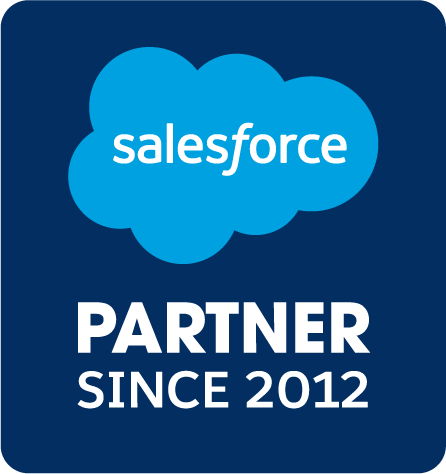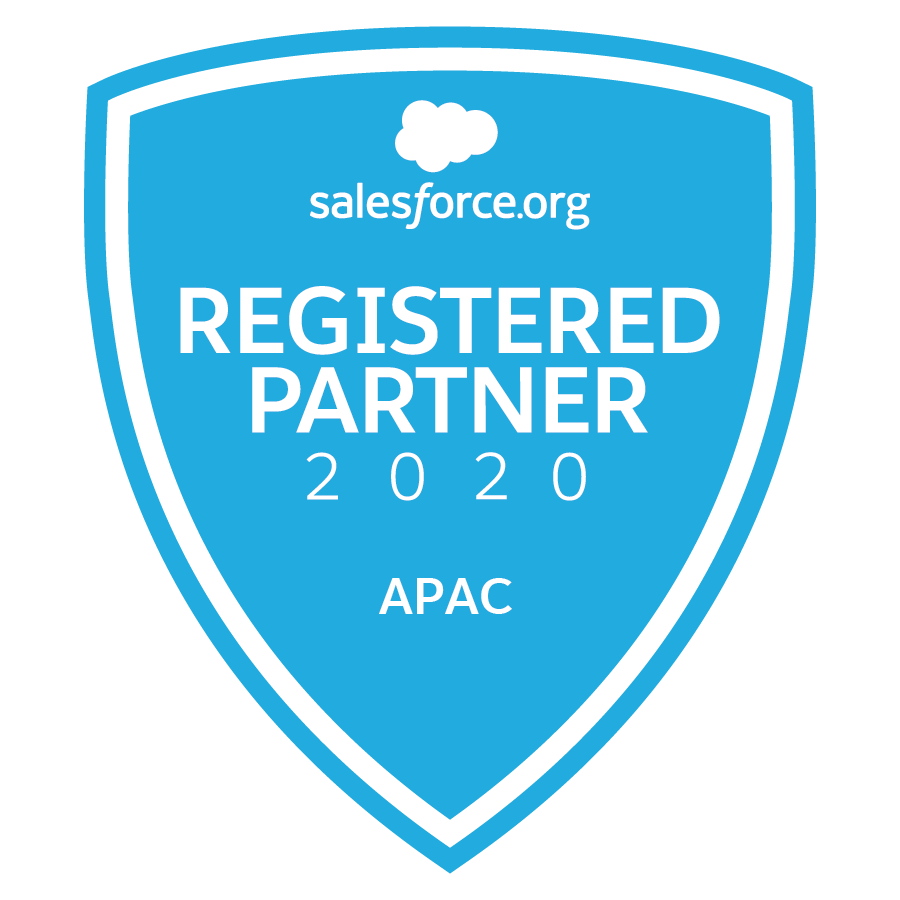The goal is to was to create 100% Salesforce lightning adoption, and this was done by listening to feedback from not only the internal Admin team but also input from hundreds of conversations with customers. Let’s discuss why adopting Lightning is a good idea and how to do so.
Why Should You Consider Switching?
First things first, what is Salesforce Lightning? It’s a component-based framework for app development. Salesforce CRM designed it to simplify processes for business owners who don’t understand programming.

It’s a significant upgrade to the Salesforce1 Platform, now known as the App Cloud- the company’s development platform for mobile apps. Lightning offers a GUI, or graphical user interface, which they’ve optimised for speed. The Lightning app builder, which offer drag-and-drop options to create apps as well as customise them.
You’ll also find tools for developing reusable components and standalone apps, AppExchange that offer over 50 partner components, an enhanced design system, and Lightning Connect, which makes it easier for Force.com apps to use the date from an external source that conforms to OData specs.
What Does this Mean for Business Users?
For business users looking to create apps and enhance their development, Lightning can be a fantastic option that works seamlessly with their existing Salesforce programs. It offers a client-server framework which can speed up development in addition to performance, and it’s perfect when using it together with the Salesforce mobile app.
It’s great for people who aren’t entirely familiar with programming but who want to create their own app to use with their business because you can design visually instead of importing code. You have options for both custom and “off-the-shelf” Lightning components.
Plus, you can make components you created available to other Lightning App Builder admins so that they can use them for their own interfaces. When you want specific apps for all your employees using Salesforce on mobile devices, the Salesforce Lightning CRM allows you to do it.
Let’s look at how to drive Lightning adoption.
It’s Better in Lightning
When working with business users, you’ll want to communicate that “It’s better in Lightning.” This means providing encouraging feedback as well as tips and tricks through training. Shown in Classic, you’ll be able to guide people through in-app discovery and training prompts.


It works like this, if a user clicks on the popup for calendar, tasks, dashboards, and reports, they’ll be taken to the same feature in Lightning. As the admin, you can choose what you want your users to see in the Setup section.
Set Up Reminders
When something is changing, it’s important to realise that you’ll need to help people change the habits they’ve built around using the old system. When you’re implanting a switch to Lightning, tech support and training will be crucial to your success and the business users ongoing use of the new platform.
You’ve likely done it yourself when you’re adopting something new. You set up reminders for yourself so that you keep doing the task the new way. That’s precisely what you need to do for business users. You can leverage in-app reminders and controls to encourage users to go over to Lightning.
Plus, you can even move Lightning-enabled users to the Lightning Experience from Classic each day or week, and you can adjust the cadence in the Setup menu. Users will be greeted with a friendly, opening screen with helpful resource including guides, training videos, and Trailhead modules.
Set it in Stone
When you’re ready to finish up the switch, your last step will be to ensure that everyone is moved over to Salesforce Lightning. You’ll want to set up a deadline for this move that’s suitable to the unique situation and then remove the ability to switch to Classic on that deadline. There’s an option to hide the ability to switch back in the profiles and permission sets.
There you have it! Lightning can be great for many of our business users, so help them make the switch successfully. And if need be, remove the Classic option for just a few people at a time to allow for time to troubleshoot.






